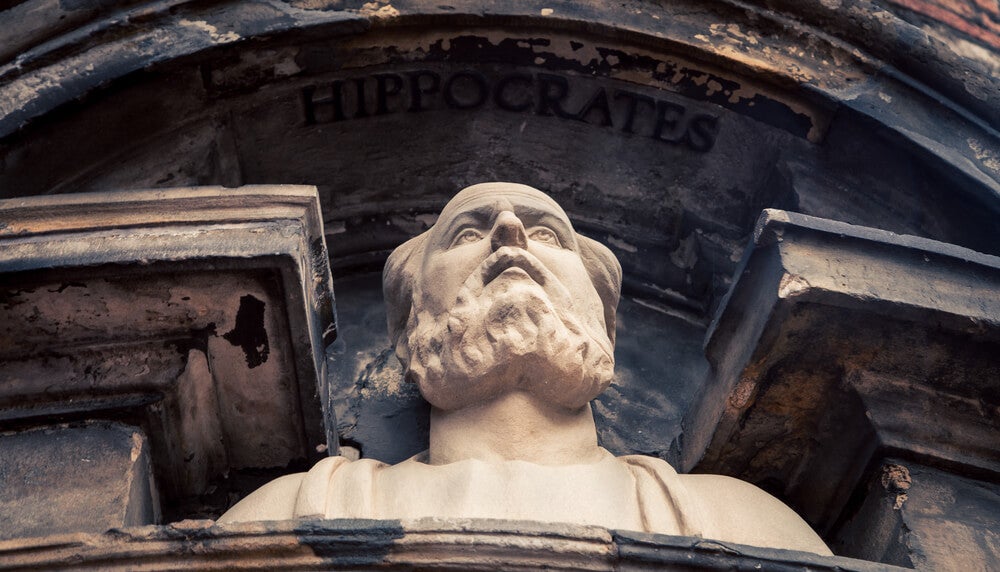The history of hippocratic humor theory goes back nearly four centuries bc. This is considered one of the first approaches to what, almost 20 centuries later, will become a new science: psychology.
Hippocrates, known as “the father of medicine”, was the first person in the West to systematize the available knowledge about health and disease. In addition, he offered an explanation of these phenomena and a therapy to understand them.
- “It’s much more important to know that the person has a disease than to know that the disease has the person.
- “Hippocrates-.
Hippocrates’ humorous theory was assimilated and used by most doctors (and others) until the mid-19th century, giving us an idea of the solidity with which this man from ancient Greece organized his thoughts. theory still defends itself.
Hippocrates’ humorous theory fundamentally holds that the human body is composed of four substances. These substances are called moods. They must maintain a perfect balance between them, when they lose this balance, the disease occurs, both body and mind.
Any disability or illness basically meant that the balance of essential moods had changed, so the way to deal with this problem was to find a way to restore lost balance.
According to this theory, the substances that make up the human body are: black bile, yellow bile, blood and snot; in turn, each of these atmospheres was linked to an element of the universe and an atmospheric quality. as follows:
Hippocrates and their followers never saw the disease as an exclusively organic matter, they maintained a conception in which the mind and body were a single reality, so what happened to the mind affected the physical organism and vice versa.
Members of the peripotetic school brought a new element to humoral theory, noting that the predominance of one of the moods generated a specific temperament in people, then Galeno completed these discussions. He indicated that the imbalance of moods affected the way of being, feeling, thinking and behaving.
It was Galen who ended up demonstrating the existence of four temperaments, based on humoral theory. These are:
Hippocrates and Galien and all their followers designed and complemented humorous theory based on observation, but without the application of any scientific method, so with the emergence and consolidation of the formal sciences, all this theory has fallen into disuse.
Today, it no longer has objective validity, but is still considered a historical reference.
However, it has the merit of being the first serious effort to classify the different types of temperament. It is also very interesting that these people have been able to understand that emotions also have a physiological reference.
In fact, hippocrates and Galen’s theories served as inspiration for early psychologists. One way or another, these thinkers have made a breakthrough.
Its classifications are similar to the different personality types defined by researchers almost 2000 years after their study by the forerunners of the health sciences.

